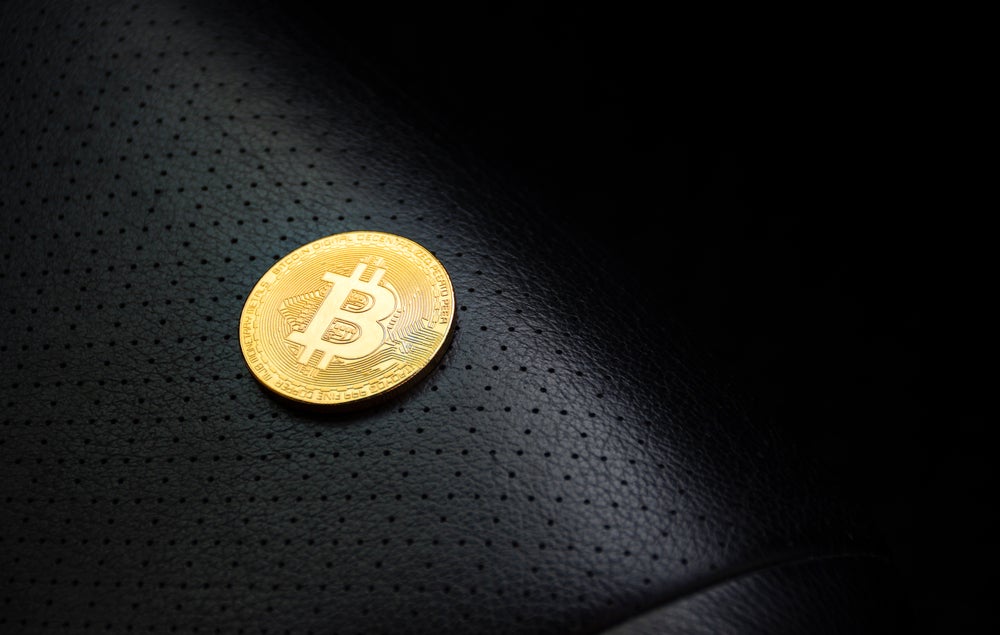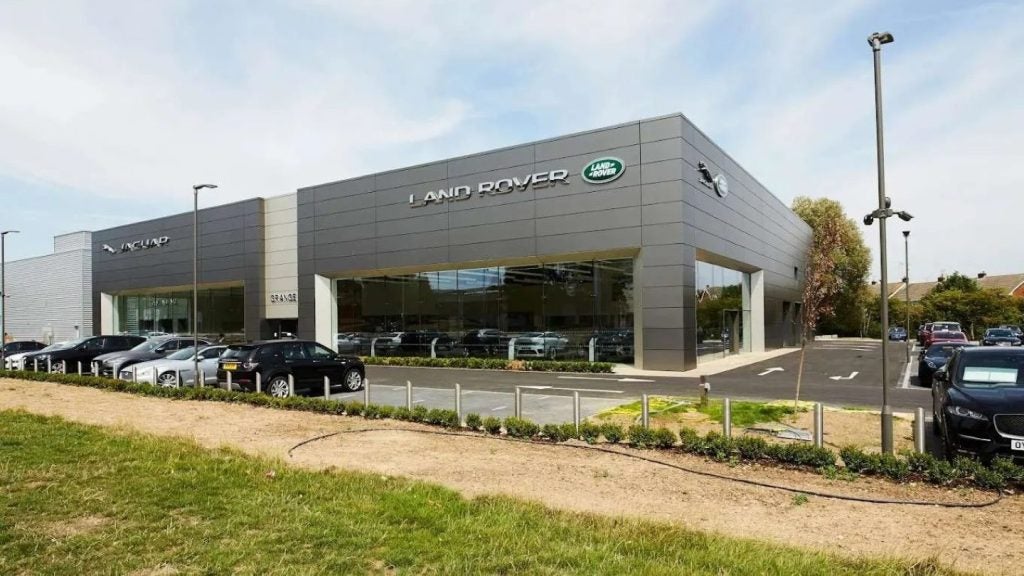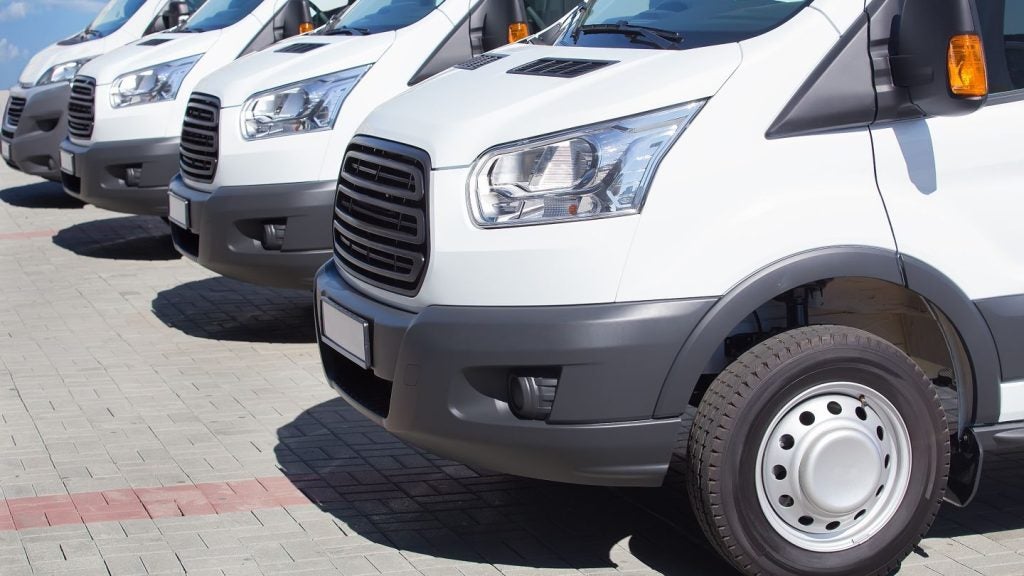
Is blockchain revolutionary or evolutionary? Ross Thompson, accountancy and finance lecturer at Arden University, would argue it is the latter. Here he explains how blockchain has the potential to iron out the common problems we see in the automotive industry, from transparency to authenticity.
The trust factor
In 2018, there was nearly one car registered for every two people, resulting in a massive 31.5m cars on the roads in the UK. Motor insurance companies paid out over £13.4bn in claims in 2017, amounting to approximately £29m per day in domestic payments alone. To add to this, the used car market experienced an unexpected boom earlier this year that has prompted an average rise in prices of almost 10% year on year – and in exceptional cases, typically for SUVs, rises of close to 20%.
Yet, despite the used car and insurance market being a widely popular consumer option, both of these motor sectors suffer from problems that have resulted in a lack of trust with customers. In many instances, the personal experience of dealing with an insurance provider does not match customer expectations and the mistrust is represented in the shocking statistic that only 6% of Brits intend on staying with their current provider. The UK also has no equivalent of the U.S. Lemon Law, which protects consumers against faulty and defective cars – legislation that comes in handy when purchasing used cars.
The lack of transparency and efficiency are flaws that have haunted the consumer motor industry for years. And even though it is a current ‘buzzword’ scattered online and in the press, blockchain actually presents intuitive solutions that can fix the industry’s problems, allowing consumers to regain trust while making the industry’s processes and systems simpler and more efficient.
The immutable side
Blockchain databases are distributed, therefore storage devices for the database are not connected to a common processor and instead are maintained by a growing list of ordered records called ‘blocks’, which have a timestamp when a new block is created and a link to the previous one.
Essentially, the blockchain network creates a digital ledger of transactions by duplicating and distributing it across the entire network of computers within the blockchain. This means it is difficult to change anything ascertained in previous blocks, whether that is the purchase price or ownership, for example, and any changes are open and viewable to the relevant parties involved in the transaction.

US Tariffs are shifting - will you react or anticipate?
Don’t let policy changes catch you off guard. Stay proactive with real-time data and expert analysis.
By GlobalDataIf adopted when purchasing a used car, for instance, you could list out the previous MOT, services and owners on the blockchain for all relevant parties to see quickly and easily. While that’s nothing new in theory – you can have access to this information now – the logging of information on one system is more authentic, and gives the buyer trust and confidence in the vehicle’s provenance when making a purchase.
The blockchain could also detail previous accidents, bumps and scuffs, as well as list a clear overview of all parts of the car. In this instance, blockchain eradicates the need for a middleman between the buyer and seller, thanks to the transparent transactions involved in the process.
The power of transparency
This extends to car insurance companies, too. Blockchain would potentially remove the need for a middleman, as well as allow insurers to do a full background check of those seeking insurance – from accidents with previous insurance providers to licence history and points.
Blockchain fundamentally discourages lying and therefore massively reduces the potential of insurance fraud, reducing the opportunities for double claiming and making transactions authentic and secure. This security on the insurer’s side will mean they can (finally) offer incentives to customers who have stuck around for years with little to no problems, increasing the trust on the consumer end.
It works both ways and the trust in their customers will no doubt be reflected by the way in which insurers respond to their customers.
It doesn’t end there. If extended to the manufacturing and logistics end of the automotive industry, blockchain could help with recalls, for example by searching the history of the car part via blockchain to analyse whether any modifications have been made or if it contains a manufacturing defect. It can store masses of data to assist with quality inspection and works in progress, as well as keeping data secure from hackers.
With the transparent, speedy and authorised nature of blockchain, incorporating it into the automotive sector could prove to be a key innovation with the potential to enhance the industry and provide benefits for all involved parties.








